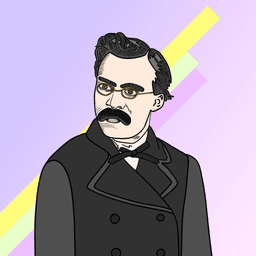Am vs. Um
Dive into the nuances of German with a clear breakdown of 'am' vs. 'um'. Discover how these simple prepositions can change the meaning of your sentences and enhance your language skills.

The key difference between am and um in German is their use in context. Am combines 'an' and 'dem' to mean "at the" for locations or times of day, like saying am Wochenende for "on the weekend". Um, on the other hand, is used for specific clock times, equivalent to "at" in English, as in um 3 Uhr for "at 3 o'clock". Remember, am is for places and more general times, while um pinpoints an exact time.
In German, choosing the right preposition can sometimes be tricky. Two words that often confuse beginners are am and um. Though they might look and sound similar, they have different meanings and uses.
Let's break them down in simple terms.
Understanding "Am"
The word am is a contraction of an dem, which translates to "at the" in English. It's used to indicate a specific time or location. For example, when you want to say "at the weekend" in German, you would use am Wochenende. Here are some sentences to illustrate its use:
I'm meeting him at the station.
We're having a picnic at the lake.
She called me on Monday.
Am is about specifying when or where something is happening, but not how long it will last or at what specific time it starts.
Getting to Know "Um"
On the other hand, um is used to indicate a specific point in time, similar to "at" in English when used with time. It's about when something happens, particularly at a precise moment. For instance:
The meeting starts at 3 PM.
Dinner is served at 7 PM.
He wakes up at 6 AM every day.
Um is your go-to when you want to talk about something happening at a certain time.
Key Differences
To sum it up, am is used for days and parts of the day (except for night), and it's about being "at" a place or time in a more general sense. Um, however, is used to specify exact times, focusing on "at" in a more precise sense. Remember:
- Use am for days, parts of the day, and locations.
- Use um for specific times.
Conclusion: Am vs. Um
A good way to remember is to associate am with ongoing or general times (like "in the morning") and um with specific clock times (like "at 3 PM").
Understanding the difference between am and um is a small but important part of learning German.




